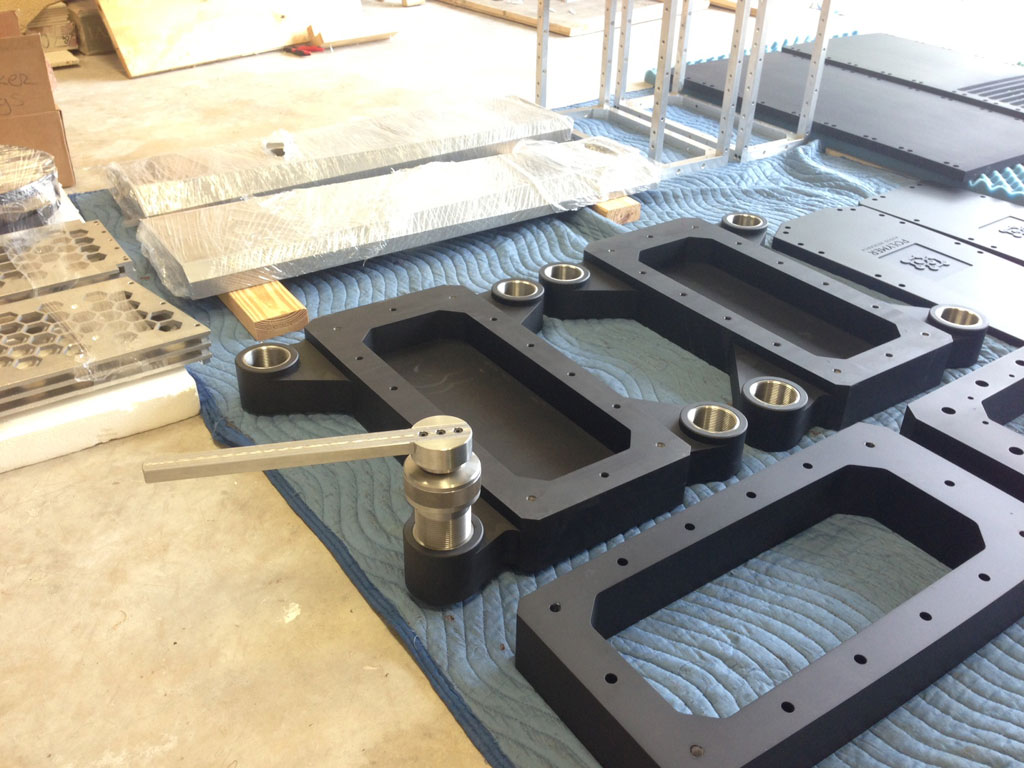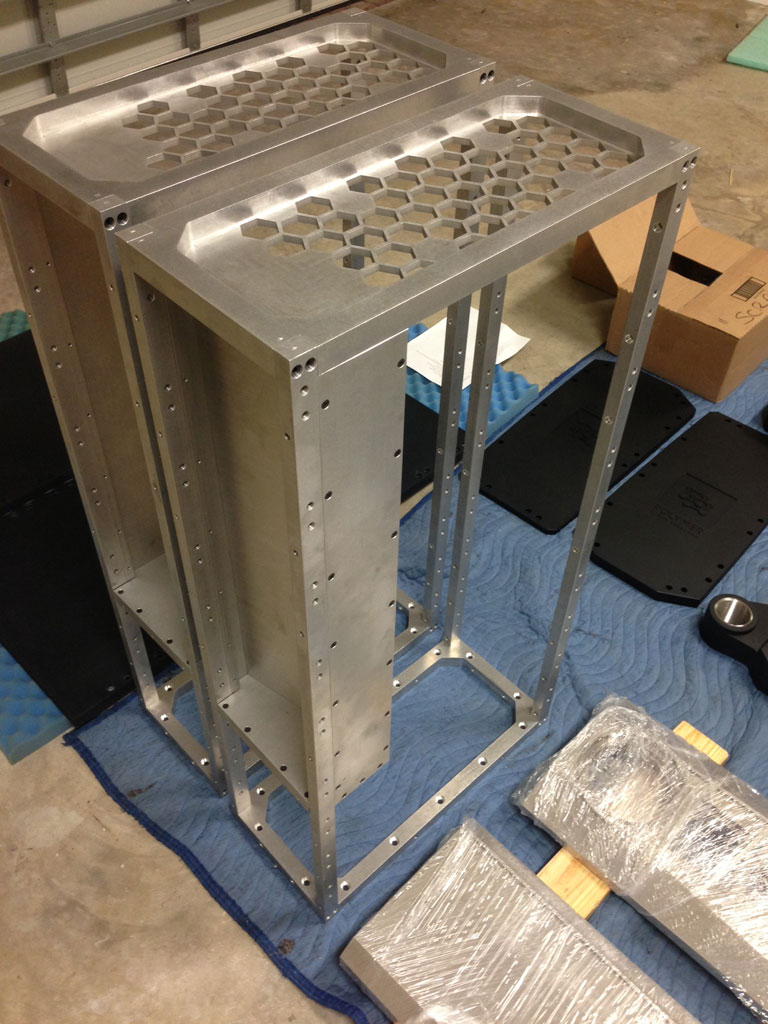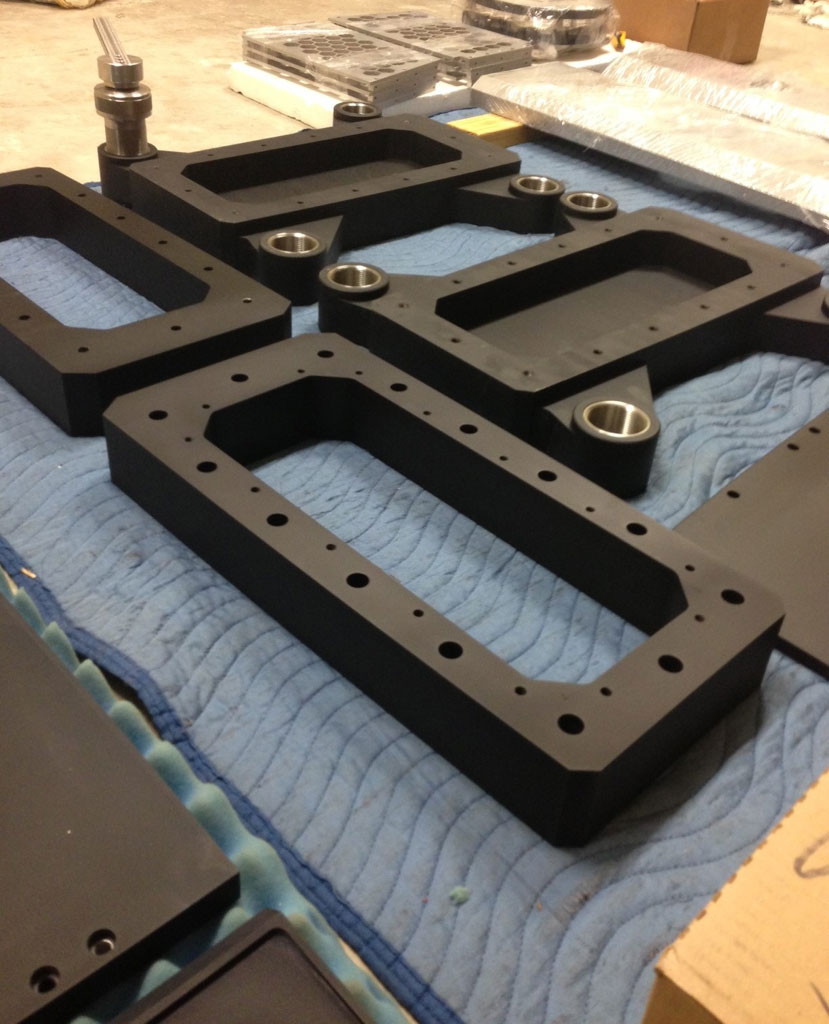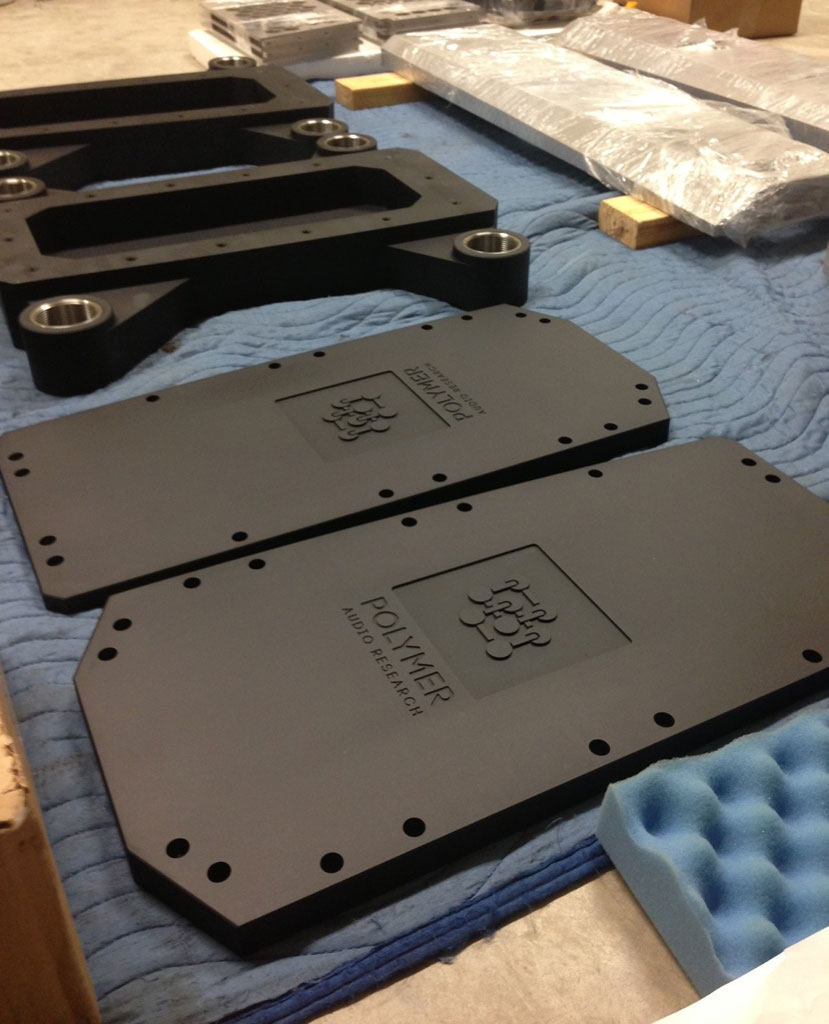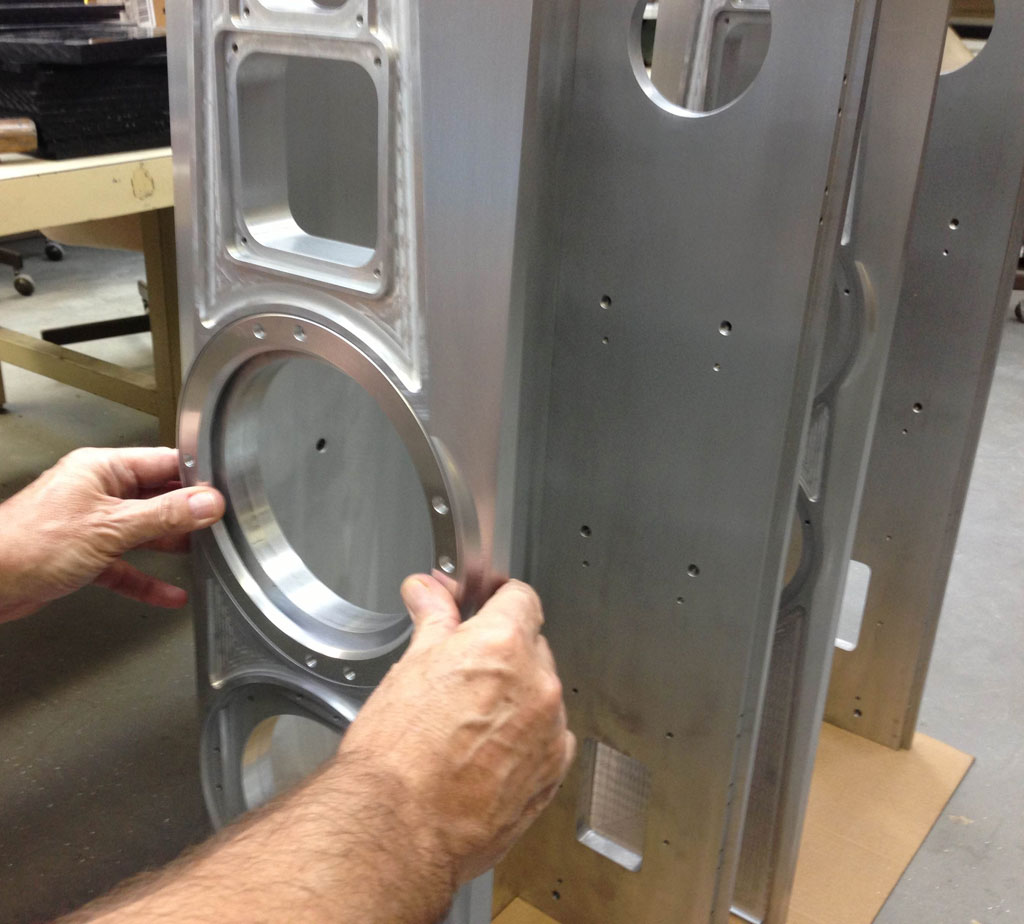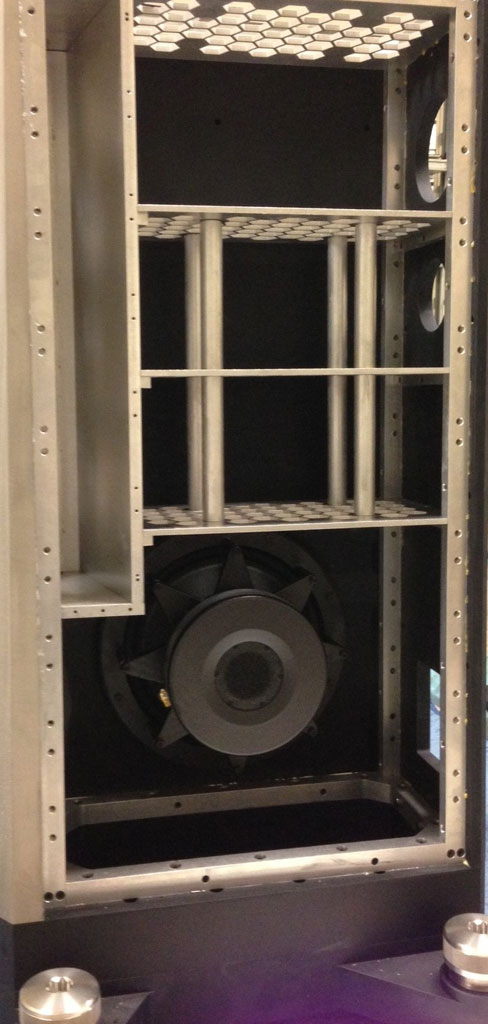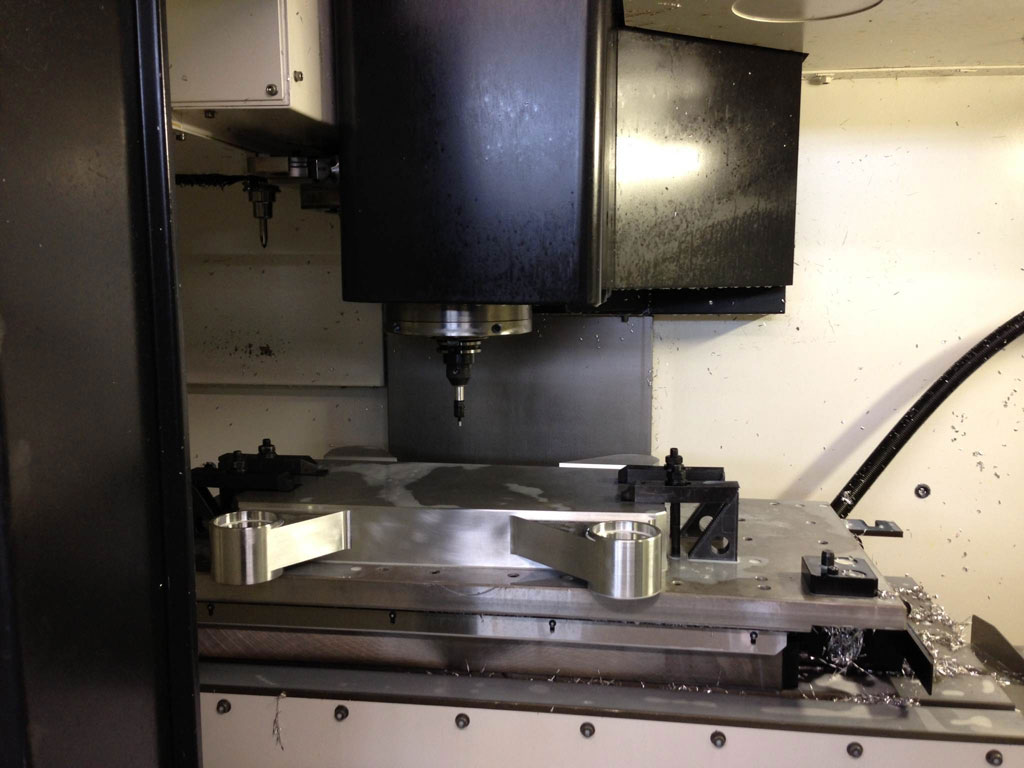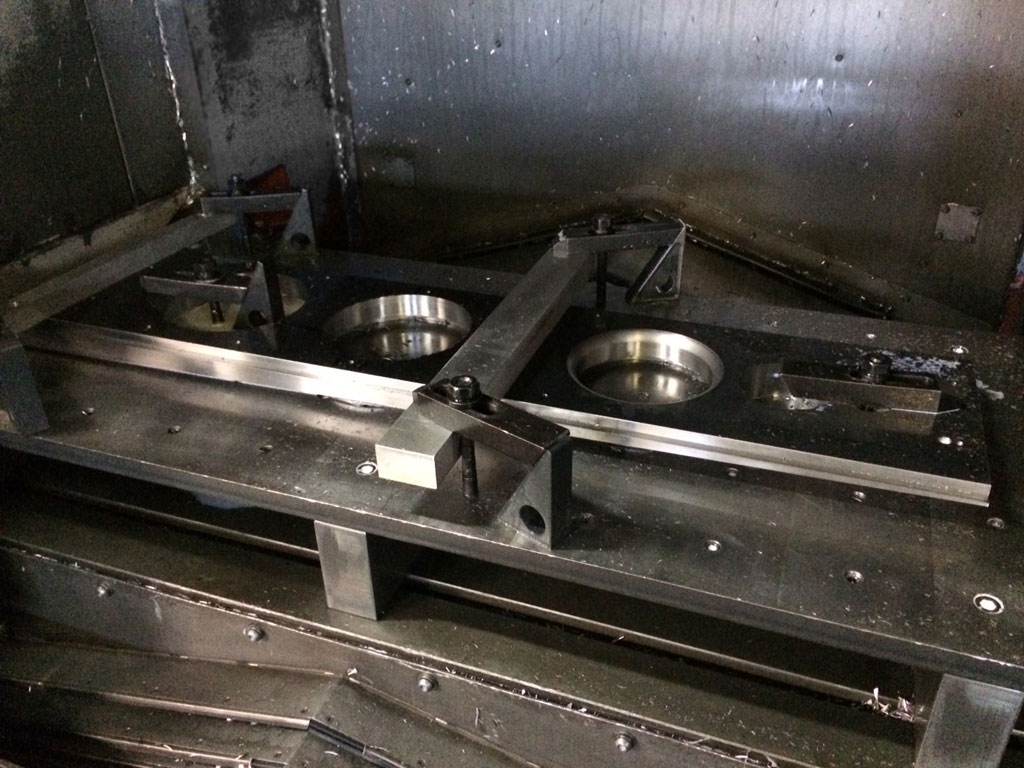LB: You mentioned above time alignment. Some speaker designers go to considerable effort to time-align their drivers, whereas others (the majority, I suspect) ignore this parameter. Could you reflect (pun unintended) on the role and importance of time-alignment?
DK: Time alignment is absolutely critical. The ones who ignore this are doing so either because they don’t know how or don’t want to bother with the greater difficulty of execution. Obviously there can’t be any harm from performing time alignment but only benefits to gain. So if there is nothing to lose and only something to gain, why not time align the design?
LB: While engineering principles obviously figure prominently in your designs, how much of a role does listening play? Have there been instances when the two “disagree”? If so, how do you reconcile or resolve the discrepancy?
DK: The only time that I have found where measurements or calculations don’t agree with expected result is the flatness of the frequency response. At first I found this phenomenon surprising but of course there is an explanation for it like anything else. One would naturally expect a ruler flat frequency response to be ideal but it never sounds as natural, organic, or engaging as a slightly tilted response. But this must be due to the complex interaction that the speaker has with its listening environment.
I find that many people listen differently. We have some customers who are professional musicians who listen to the technical performance of the work. Some audiophiles really listen for the technical prowess of the system like dynamics or soundstaging. I personally just want to experience the full emotional content of music. I have found that rigorously evaluating and overcoming design challenges entirely based on solid engineering principles, correlates with the most emotional experiences when listening to music.
LB: The Polymer MKS-X was a big hit at AXPONA 2014, with many visitors rating your room as one of, if not the best in the show. Do you have any other models in the lineup? Are any others on the drawing board?
DK: We have the MKS, which is a slightly smaller version of MKS-X, and the Master which is our largest and most expensive speaker but not necessarily our best. We are always working on new projects so there is always something on the drawing board.
LB: High-end audio is obviously going through difficult times. One consequence has been the loss of many traditional “brick and mortar” dealerships.” An increasing number of dealers are working from their homes so as to decrease their overhead, and some manufacturers have opted to bypass dealers completely, and sell direct. What approach are you taking with Polymer Audio Research? And more generally, what do see for the future of high-end audio?
DK: I don’t completely agree with this common perception. I think that high-end audio is a cyclical industry and falls into the luxury goods category. Consumers continue buying Rolex and Patek Phillipe watches and Hermes hand bags, items that easily cost as much as some flagship audio products. And what offers more enjoyment from every day use, a high performance audio system or a watch that barely serves a purpose? If the sales of high-end audio products are down it is obviously only temporary and eventually we will see a big spike again. If someone can spend $60,000 on a watch why wouldn’t they spend $60,000 on a pair of MKS-X speakers?
The only real problem is that, as you said, some brick and mortar retailers disappeared which limits the exposure of high end audio products. We have to remember that we are selling an experience. A lot of dealers make the mistake of only reaching out to existing audiophiles. But really all they have to do is just get ordinary people to come in for a demonstration. If someone has that experience there is no reason why they wouldn’t become a customer. And our job as a manufacturer is to truly make the best products that at our price level need to really astonish. It’s as simple as that. If you have a retail store, just set up a spectacular systems and get ordinary folks who never heard of high end audio to come in for a listen. Again, the idea of spending $20,000 on a leather Hermes purse is much more ridiculous and yet they can hardly make them fast enough. People who are in the industry need to drop the doom and gloom scenario and just open their store to a new audience and have fun.
Finally, I think a lot of this perception is formed by struggling manufacturers who can’t get by. In our industry about 10% of the manufacturers get 90% of the revenue primarily because there is no room in the industry for substandard products or products that look homebrew and not fully designed.
LB: Dan, on behalf of dagogo and our readers, I would like to thank you for taking the time to share your thoughts with us. Polymer Audio Research seems poised to establish itself among the upper echelon of speakers, and I look forward to future opportunities to hear your speakers.
DK: Awesome! Let me just say that I have never met a more enthusiastic group of people than your Dagogo colleagues, they just love music. I can see your guys rocking back and forth with their eyes closed at our demos. This is what we live for.
- ← Previous page
- (Page 4 of 4)

